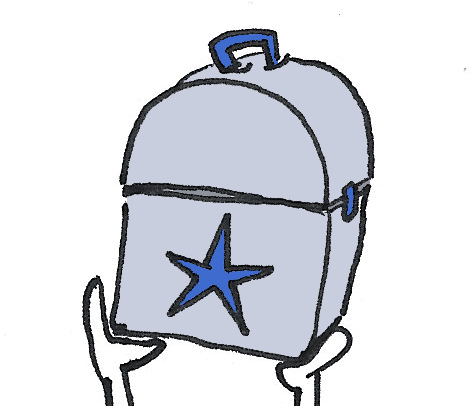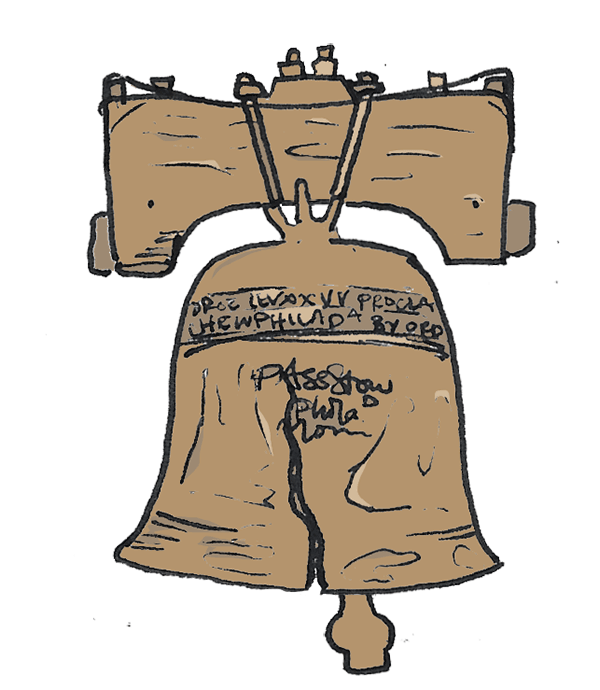I'm a title. Click here to edit me
I'm a paragraph. Click here to add your own text and edit me. It’s easy. Just click “Edit Text” or double click me to add your own content and make changes to the font. Feel free to drag and drop me anywhere you like on your page. I’m a great place for you to tell a story and let your users know a little more about you.
This is a great space to write long text about your company and your services. You can use this space to go into a little more detail about your company. Talk about your team and what services you provide. Tell your visitors the story of how you came up with the idea for your business and what makes you different from your competitors. Make your company stand out and show your visitors who you are.
At Wix we’re passionate about making templates that allow you to build fabulous websites and it’s all thanks to the support and feedback from users like you! Keep up to date with New Releases and what’s Coming Soon in Wixellaneous in Support. Feel free to tell us what you think and give us feedback in the Wix Forum. If you’d like to benefit from a professional designer’s touch, head to the Wix Arena and connect with one of our Wix Pro designers. Or if you need more help you can simply type your questions into the Support Forum and get instant answers. To keep up to date with everything Wix, including tips and things we think are cool, just head to the Wix Blog!

Citizen Brief
“What got me to where I am today is a lot of loving, understanding, patient, compassionate people. I didn’t have just one stint in treatment; I didn’t have just one go at this. But what I did have was people who stood by me, people who cared. What they imparted to me that entire time was not to give up on myself. My recovery is supported by the love and support of my family and friends, my faith, mindfulness meditation, a faith-based support group, and a desire to help others.”
Background:
One of the most challenging aspects of the Pain- Opioid Epidemic is the ongoing demonization of people embroiled in the challenge of experiencing acute and chronic physical and emotional pain and individuals dependent on opioids. These are individuals biologically altered by pain/ addiction. It is clear that patients in pain deserve compassionate care just like any other patient physicians treat, and stigmatizing patients who require opioid therapy is often a barrier to optimal treatment.
Stigma is one of the meanest and most difficult aspects of addiction because it makes it harder for individuals and families to deal with their problems and get the help they need. Society imposes stigma - and its damage - on addicts and their families because many of us still believe that addiction is a character flaw or weakness that probably can't be cured. The stigma against people with addictions is so deeply rooted that it continues even in the face of the scientific evidence that addiction is a treatable disease and even when we know people in our families and communities living wonderful lives in long-term recovery.
The Challenge:
Confronting stigma associated with pain and opioid dependence: ensuring that patients in pain and those suffering with opioid dependence/ addiction receive the care they need.
-
Addressing and clarifying responsibility of the medical profession
-
challenge the media and their reporting of
-
Public campaign to better explain the challenges
-
Promoting the pain patient Bill of Rights
-
Promoting the opioid dependent individual’s “Bill of Rights”
Patient suffering with acute and chronic pain
Patients suffering with opioid substance use disorders/ addiction
Patient suffering with acute and chronic pain:
Patients in pain deserve compassionate care just like any other patient physicians treat, and stigmatizing patients who require opioid therapy is often a barrier to optimal treatment. In medicine, we do not use terms such as “malingerer” or “drug seeker” because these terms carry with them damaging psychological stigma. Patients who need care are simply “patients,” and we should seek to change the tone of the debate toward more attention on multidisciplinary, patient-centered approaches to pain management and ensuring that evidence-based alternative pain management treatments and strategies are covered by insurance, while supporting opioid-based therapies when clinically appropriate and effective.
Patients suffering with opioid use disorder/ addiction:
Substance use disorders are medical conditions, and reducing the stigma surrounding these medical conditions is a particularly important component of drug policy reform—one in which every American can play a part. As we have worked to help guide the millions of Americans who suffer from substance use disorders into recovery and support the millions more who are already in long-term recovery, we have learned that how we describe or refer to substance use disorders can have an important effect on outcomes. Research demonstrates that the use of stigmatizing words like “addict” can discourage individuals from seeking help. Additionally, using such terms reinforces the idea that someone with a substance use disorder is exhibiting a willful choice rather than suffering from a recognized medical condition. Researchers also note that identifying an individual with a substance use disorder as a “substance abuser” evokes less sympathy than if the individual is described as having a disease. Avoiding these terms—and thereby reducing the stigma faced by those with substance use disorders—can play an important role in encouraging these individuals to seek help at an earlier stage in the disease.
The medical profession:
We need to speak out against stigma and stand up for what we know is right. Patients in pain deserve care and compassion, not judgment. Treating pain is among the most difficult—and most common—reasons patients come to us. As physicians, we are often under pressure to “satisfy a patient’s pain.” Sometimes this requires prescribing an opioid. But caring also means sometimes saying no and recommending an alternative course of treatment—no matter how difficult that may be.
An AMA Viewpoints post by AMA President Steven J. Stack, M 2/17/2016,
Positive incentives to promote physician education and public awareness, useful tools that physicians can use at the point-of-care to support medical decision-making, concerted attention to increasing access to quality addiction treatment.
-
Individuals can rate their experience with their physicians associated with attitude of the health care system and providers. (The challenge of rating)
-
Avoid the use terms such as “malingerer” or “drug seeker” because these terms carry with them damaging psychological stigma. Patients who need care are simply “patients,”
-
Establish bill of rights for individuals suffering with pain or opioid related challenges
Public awareness:
Montgomery County should create a comprehensive day-long symposium aimed at public education around overdose awareness. This symposium should offer different tracks, including healthcare professionals, educators, family and friends of those in recovery, law enforcement, among others.
The media:
We can challenge the media, entertainment, and other social organizations that may have a negative approach.
-
The media’s stories about how the opioid crisis cuts short promising lives are renewing public attention, commitment, and concern.
-
Viewing substance use disorders as a chronic disease that waxes and wanes, not as a moral failing, may help overcome stigma that prevents affected people from seeking treatment.
-
Encouraging public dialogue that refers to a “person with a substance use disorder” (instead of “addict”) and “person in recovery” (instead of “former addict”) can medicalize what many still view as primarily a criminal problem.
Humanizing the Epidemic
The individual suffering with pain and addiction

Goal:
Ensuring that patients in pain and those suffering with opioid dependence/ addiction are not stigmatized and are treated respectfully as individuals and patients.
Opioid Addiciton is a brian disease.
Stigma prevents sufferers from getting treatment

Learn how stigma impacts individuals suffering with Substance Use
Help change the culture associated with stigmatizing individuals
Respond to politicians, public officials and others who stigmatize individuals suffering with addiction
Why the “Disease Model” Fails to Convince Americans That Addiction Is a Health Issue
State Without StigMA
Stigma in the Media
Coping With the Stigma of Addiction (HBO Special)
Recovery Bill of Rights
Drugfree.org
You are not alone
Strategies for Changing the Stigma of Behavioral Healthcare
The Scattergood Foundation Stigma Guide
Alan Leshner
Committee on the Science of Changing Behavioral Health Social Norms Workshop: Opportunities and Strategies to Promote Behavior Change in Behavioral Health, April 15, 2015
Committee on the Science of Changing Behavioral Health Social Norms; Board on Behavioral, Cognitive, and Sensory Sciences; Division of Behavioral and Social Sciences and Education; National Academies of Sciences, Engineering, and Medicine
Estimates indicate that as many as 1 in 4 Americans will experience a mental health problem or will misuse alcohol or drugs in their lifetimes. These disorders are among the most highly stigmatized health conditions in the United States, and they remain barriers to full participation in society in areas as basic as education, housing, and employment. Improving the lives of people with mental health and substance abuse disorders has been a priority in the United States for more than 50 years. The Community Mental Health Act of 1963 is considered a major turning point in America's efforts to improve behavioral healthcare. It ushered in an era of optimism and hope and laid the groundwork for the consumer movement and new models of recovery. The consumer movement gave voice to people with mental and substance use disorders and brought their perspectives and experience into national discussions about mental health.
An interactive map created by Jeremiah Lindemann allows families to add a picture and story about a loved one that died from a prescription or heroin overdose. The first person on the map was Lindemann's younger brother, J.T., who lost his battle with addiction when he was only 22 years old.
The Celebrating Lost Loved Ones map is a window into the lives being taken by addiction and drug abuse. So far more than 700 names have been added -- just a fraction of the more-than 30,000 Americans who die from opioid abuse every year.

